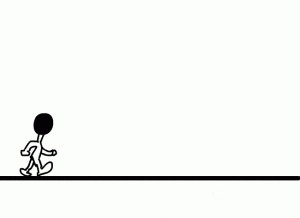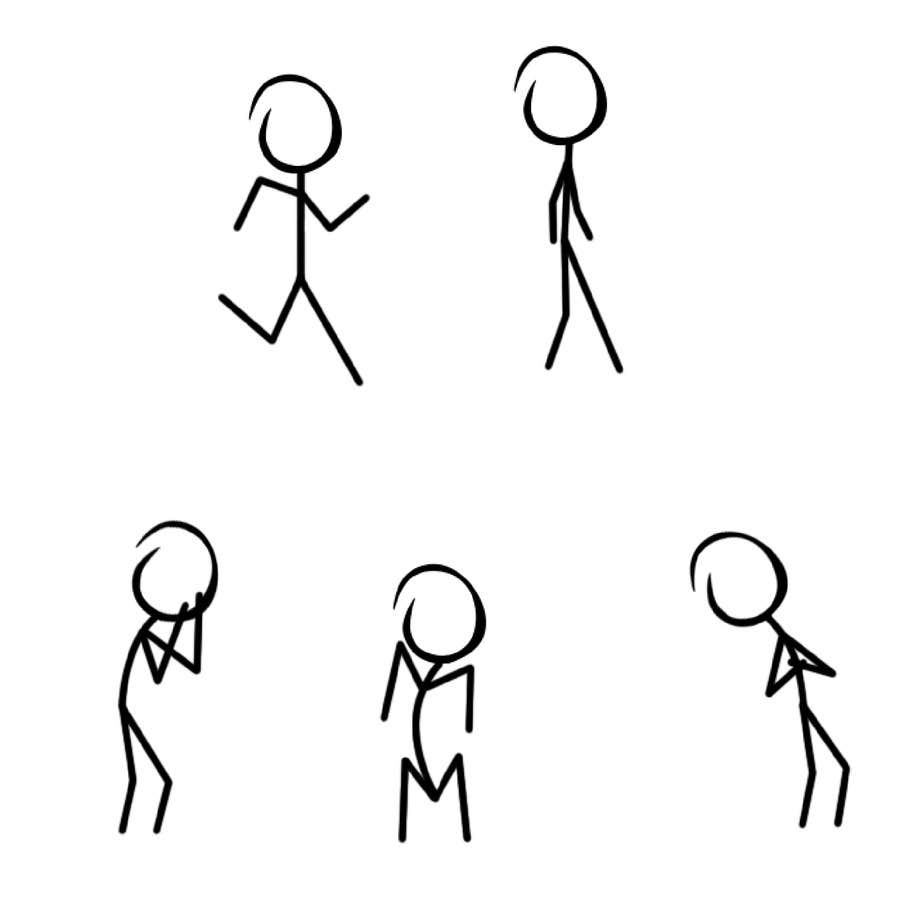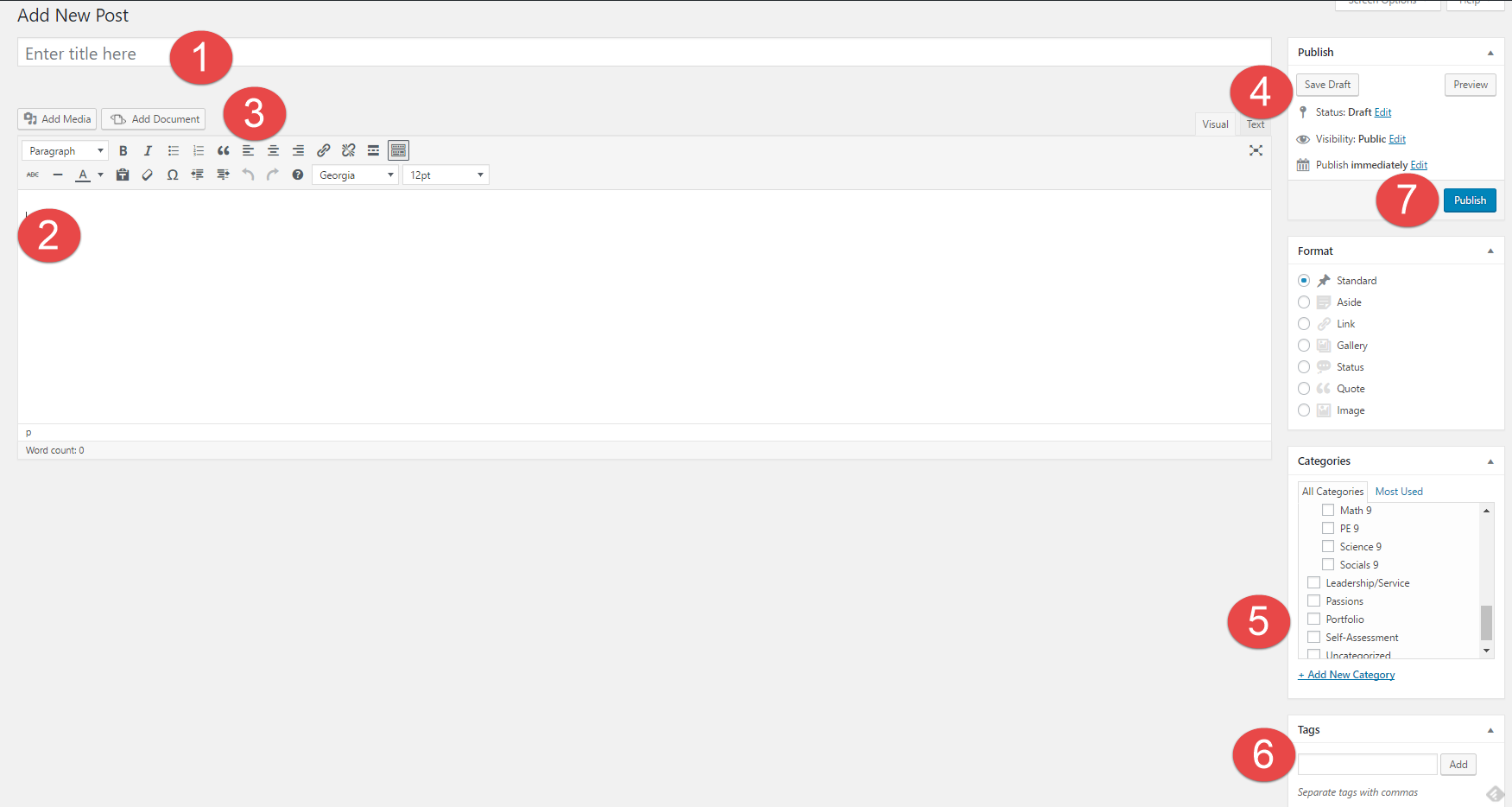In these times of self isolation, it leaves us with a lot of time on our hands. Some may struggle to work on their projects, but luckily, animation doesn’t require interaction with others, or even the need to leave the house. Since the last post, I have practiced my in-depth a lot. I have used the internet to find many tips and tricks on how to improve in animation, because like all of us, I have been unable to meet with my mentor. However, I have used this time to practice a lot, as I don’t have much experience in animation, nor skills in drawing. However, I feel I have improved a lot. Currently in animation, I am practicing making characters walk.
I would like to keep on improving this, and also adding objects into animations. I would also like to animate with more complex characters (if I can), and definitely improve my drawings. As for my mentor; we have been staying in touch over email, where he has been giving me many pointers, and he has been sharing resources with me too, so I can continue to improve.
Questions for post #4
1.What has been my most difficult mentoring challenge so far? Why?
Currently, my most difficult mentoring challenge is our time restrictions and being able to meet with each other. Meetings have been cancelled or shortened because of both COVID-19 and time restrictions on both sides. Currently, we are trying to overcome this by using email, and Simon has suggested video-calls as well. We will continue to fight this challenge, so Simon can continue to mentor me, but sometimes there are just other priorities.
2.What is working well? Why?
Something that is working very well, is the improvement I am seeing in myself. I remember a few weeks ago, when I could barely animate a stick figure walking, and now I am animating 2D characters, and I can even tell that the character is walking. I will continue to develop this skill. One of my other priorities is to improve me overall drawing, because to animate you need to somewhat know how to draw too.
3.What could be working better? How can you make sure this happens?
Something that I need to work on is self motivation. I get bored of tasks and ideas really easily, and although that has not happened yet for animation, I feel that sometimes I just do not have the urge to practice it. Something that I feel I can do to make myself more motivated is to set small goals and big goals for myself. For example, my goal for next Sunday, is to have created an animation about an object. A way that can perhaps stop me from getting bored, is to just practice animation or drawing a bit each day, rather than a lot at once.









